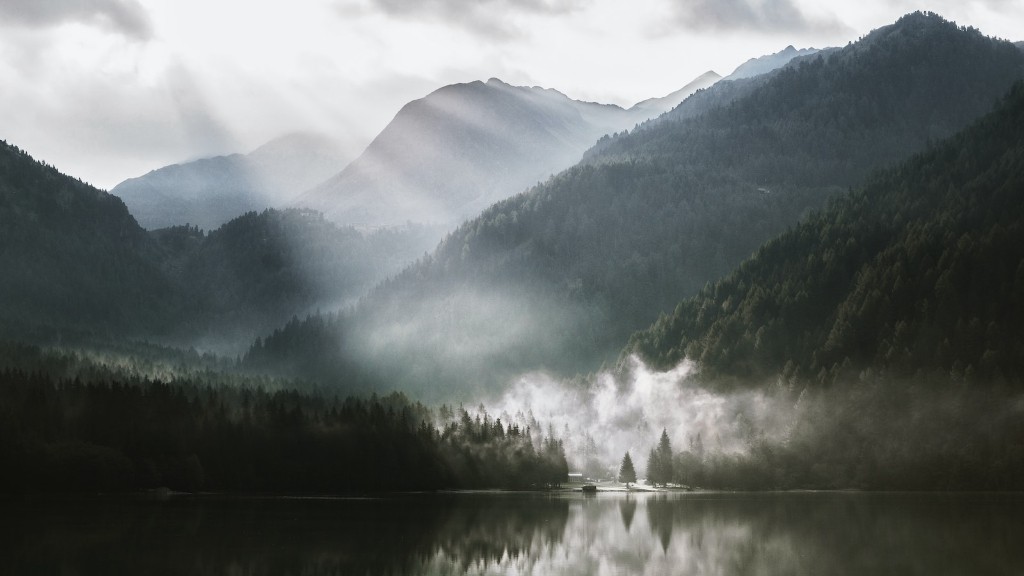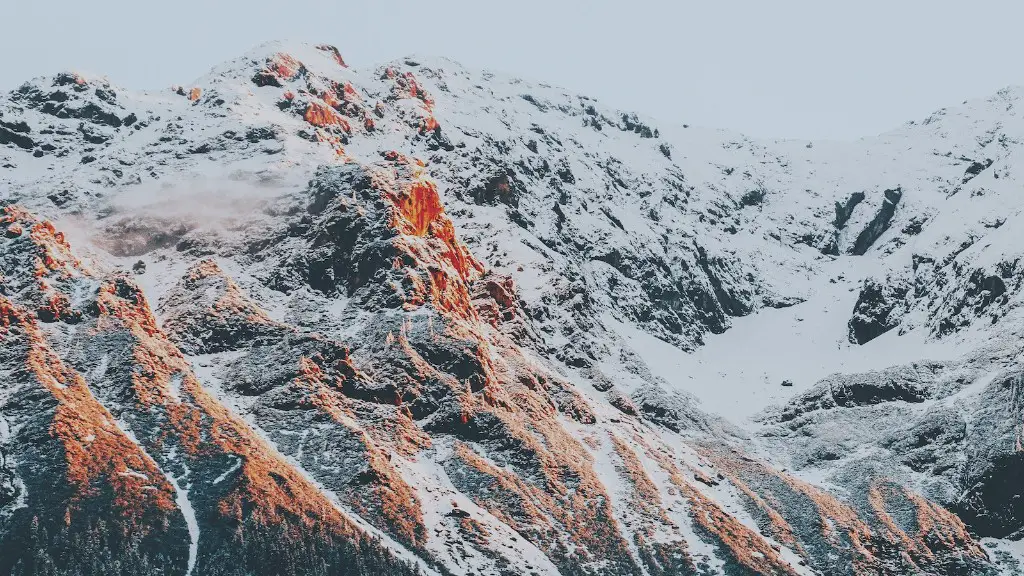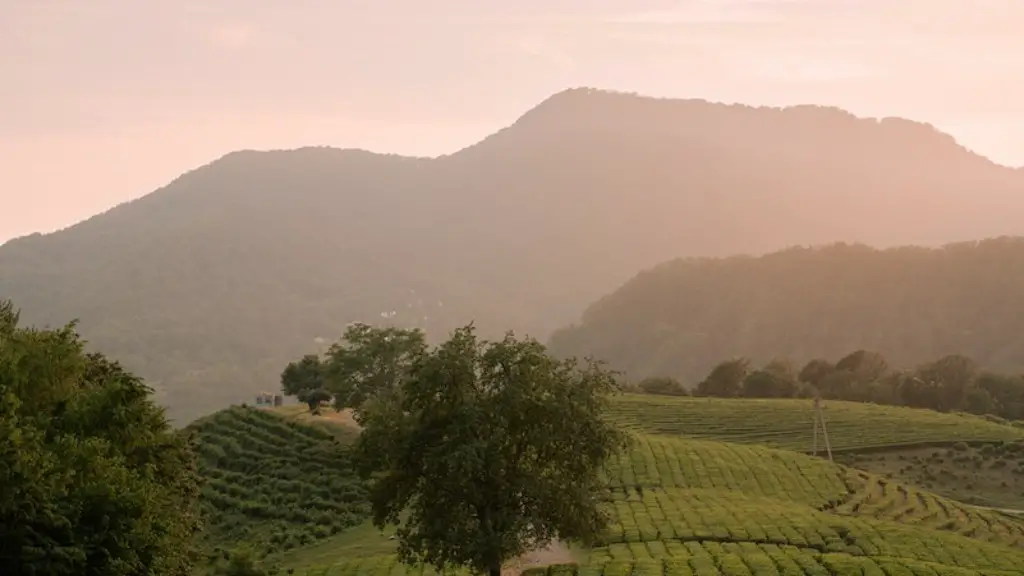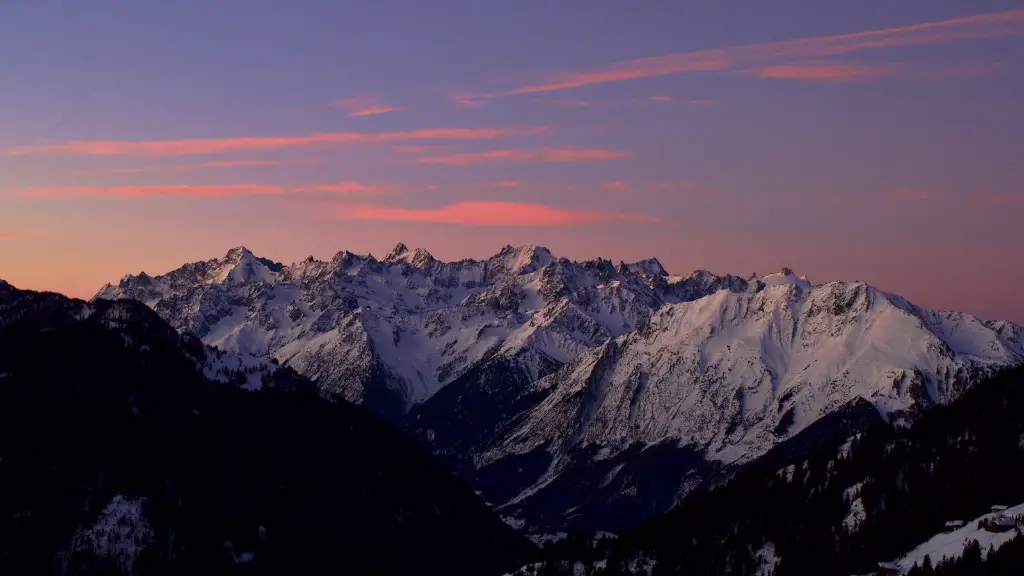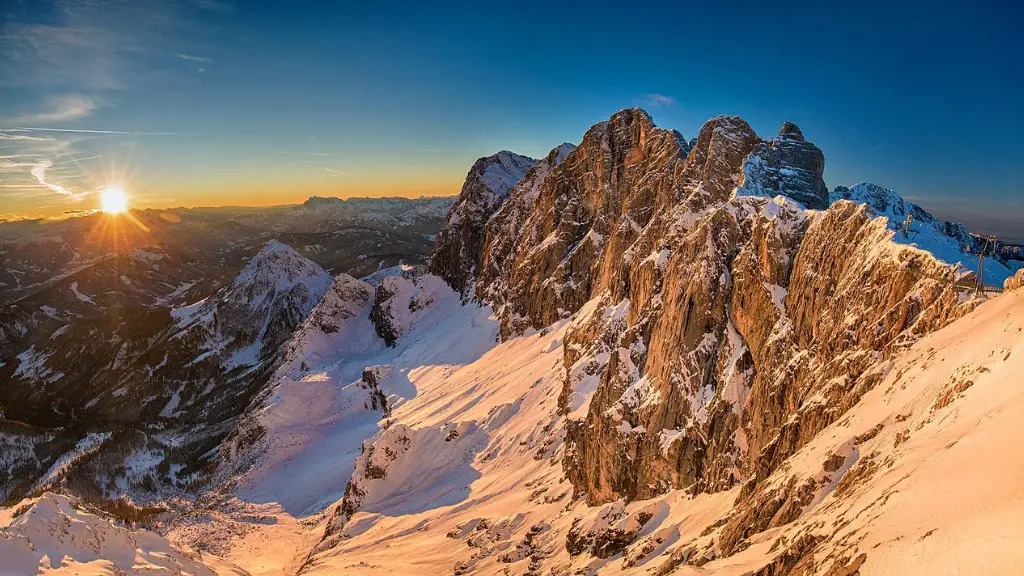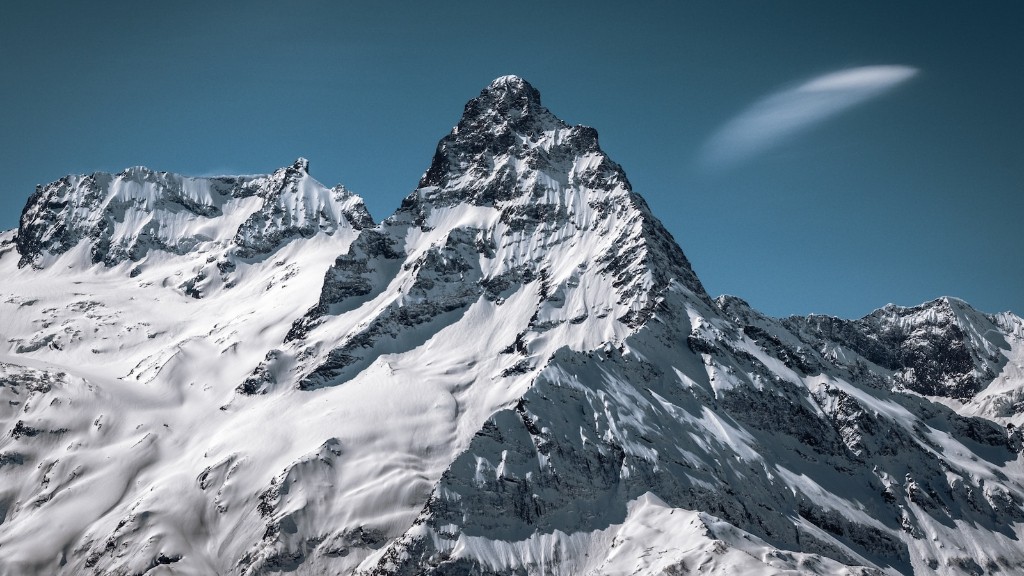The Japan Rail Pass (also called the JR Pass) is a rail pass for foreigners that offers unlimited travel on the majority of Japan Railways (JR) group trains in Japan. The JR Pass can be used on the Shinkansen (bullet train), limited express, express, and rapid or local trains. The pass is not valid on the Nozomi and Mizuho trains on the Tokaido and Sanyo Shinkansen. Mount Fuji is a popular tourist destination, and many people take the train to get there. The Japan Rail Pass can be used to cover the cost of train travel to Mount Fuji.
No, the Japan Rail Pass does not cover Mount Fuji.
For what trains Japan Rail Passes work?
The Japan Rail Pass is a great way to save money and see a lot of the country. The pass is valid on all Japan Railways (JR) Group Shinkansen “bullet trains” (except for the “NOZOMI” and “MIZUHO” trains), limited express trains, express trains, and local trains (Green Car passes are valid for Green Car travel) in addition to the BRT (Bus Rapid Transit system). The pass can be used for unlimited travel on the JR network for the duration of its validity, so it’s a great option for those who want to explore Japan without worrying about the cost of individual tickets.
The Japan Rail Pass is a great way to see the country and take advantage of the high-speed rail network. With your pass, you can take unlimited rides on most shinkansen (bullet trains), as well as on rapid, express and local JR trains. There are a few exceptions, but for the most part, you’ll be able to use your pass to explore Japan without worry.
How much is a train ticket from Tokyo to Mt. Fuji
If you’re planning to visit Mount Fuji, you’ll need to take the local train from Tokyo to Kawaguchiko Station. A one-way ticket costs 2,250 yen (unreserved seat), 2,970 yen (reserved seat), or free for JR Pass holders. Then, at Kawaguchiko Station, you need to transfer to the Fujikyu Railway Line bound for Kawaguchiko Station. A one-way ticket for this leg costs 1,140 yen, and is not covered by your JR Pass.
The Fujikyuko Line is a privately owned train line. IC Cards (Suica, Pasmo, etc), the Japan Rail Pass cannot be used to ride this line. Please pay for your ticket in cash. At Kawaguchiko Station, the last stop on the Fujikyuko Line, there are train and bus ticket windows, restaurants, shops, and coin lockers.
Can I use JR Pass from Tokyo to Mt Fuji?
If you have a Japan Rail Pass you can ride a part of the Fuji Excursion (Shinjuku – Otsuki) without needing an additional ticket. This means that JR Pass holders need to buy a ticket for the ‘Otsuki – Mount Fuji / Fujikyu Highland / Kawaguchiko’ section of the journey: Otsuki – Kawaguchiko: 1140 yen.
There are two must-have items for visitors to Japan: a Suica card and a JR Pass. The Suica card is a rechargeable card that can be used for trains and buses in the Tokyo area, while the JR Pass is a nationwide pass that offers unlimited travel on JR trains. The JR Pass is especially useful for visitors who plan to travel outside of Tokyo, as it can save you time and money.
What are the limitations of JR Pass?
The JR Pass is valid for all Shinkansen services, with the exception of the Nozomi and Mizuho services on the Tokaido and Sanyo Shinkansen lines. This means that you will not have access to the trains with the fewest stops on the Tokaido and Sanyo lines.
The Japan Rail Pass is a great way to save money on travel in Japan. However, it is important to note that the pass is only valid on JR trains. This means that it cannot be used on subways or any other non-JR train. If you are planning to use the pass to travel in Tokyo, be sure to check whether the Tokyo Monorail is included in the pass.
What does the JR Pass get you
The Japan Rail Pass is an excellent value for visitors to Japan who are planning to use the country’s extensive rail network. The pass provides unlimited access to all major Japan Railways National trains and also to the fast ‘Shinkansen’ bullet trains that connect most of the main cities, like Tokyo to Kyoto, in Japan. The pass is valid for a specific number of days (7, 14, or 21), so it’s important to plan your itinerary in advance. The Japan Rail Pass is a great way to see the best of what Japan has to offer.
The Fifth Station is the most popular starting point for climbers, as it’s the closest station to the summit. From there, it’s about a 6-hour trek to the top. If you’re not looking to summit, but just want to enjoy the views, you can take a stroll along the shoulder of the mountain.
Is Mt. Fuji worth seeing?
Japanese people have a deep spiritual connection with Mount Fuji – it is seen as a sacred symbol of the country and is an important part of Japanese culture. For many, visiting Mount Fuji is a once-in-a-lifetime experience and a chance to connect with the natural world in a very special way. The mountain is also a popular tourist destination, attracting visitors from all over the world who come to experience its beauty and majesty.
The Limited Express Fuji Excursion is a direct train that runs from Shinjuku to Otsuki, Mt Fuji, and Kawaguchiko. The journey takes around 115 minutes and costs JPY4130. This train is a great way to see Mt Fuji and the surrounding area.
How much does it cost to go to Mt Fuji
Climbing Mount Fuji has been a popular activity for centuries, but it was only recently that a climbing fee was introduced. The fee helps to protect and maintain the trails, and is a relatively small amount compared to the cost of other activities. Buses from Kawaguchiko train station to the 5th Station are reasonably priced, and the journey is well worth it for the incredible views.
A few hourly buses operated by Keio Bus and Fujikyu Bus depart from Shinjuku Station to Mount Fuji every day. The one-way trip takes about two hours, and a ticket costs 1,750 yen.
Can I use JR Pass from Tokyo to Nikko?
If you’re looking to take the JR East train from Tokyo to Nikko, be aware that you’ll need to make one or more transfers along the way, including at Utsunomiya Station. While Japan Rail Passes are valid on this route, it can take over two and a half hours.
From Tokyo to Mount Fuji, the best way to go is via the Gotemba Line. You can start from Tokyo Station and take the JR Tokaido line for Kozu. Then, once you’re at Kozu in Kanagawa, take the JR Gotemba Line for Numazu. Your final stop will be at the Gotemba Station.
What month is best to see Mount Fuji
During the winter months, Mount Fuji is often visible from Tokyo and the surrounding areas. The best time to see it is typically early in the morning or around sunset when the sky is clear. If you are planning a trip to Japan during the winter, be sure to add Mount Fuji to your list of places to see!
Mt Fuji is set to implement a mandatory climbing fee in 2022 in order to help with trail upkeep. The fee has not yet been determined, but it is estimated that it will be around $25 per person. This fee will be mandatory for all climbers, regardless of nationality.
Final Words
No, the Japan Rail Pass does not cover Mount Fuji.
The Japan Rail Pass does not cover Mount Fuji. If you would like to visit Mount Fuji, you will need to purchase a separate ticket.
